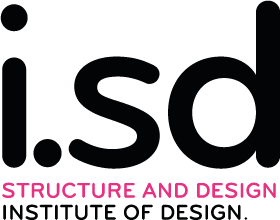From imaginary formations to performative aggregations
Formation is a way of spatially organising individual parts. Aggregation is a fundamental method of construction. In his essay ‘From Material to Architecture’, Moholy-Nagy uses the term ‘accumulation’ or ‘heap’ as the fourth category of ‘material structure’ alongside structure, texture and facture. As part of the short design course, we will combine these two principles into a design method for building vertical structures (construction space of at least 1x1x2 metres). For this we will use a simple base element with specific material properties, which will develop aesthetic, architectural and structural properties aggregated in spatial arrangements. We will use modelling studies to understand why these properties develop on the basis of arrangement principles in order to apply, improve and refine them in iterative design steps to construct surprising and innovative spatial installations. The ‘part-to-whole-relationships’ are co-developed on different scale levels and in relation to aesthetic, spatial and structural criteria. In addition to the physical material studies and models, digital methods are taught, from prompting (stable diffusion) as a digital method of sketching initial ideas, to 3D modelling and the graphic preparation of the results in diagrams and plans.
The submission consists of the installation object presented in a review and a brochure containing the design and construction ideas, the design process with all its intermediate steps and the photographic documentation of the model studies and the final installation.

